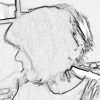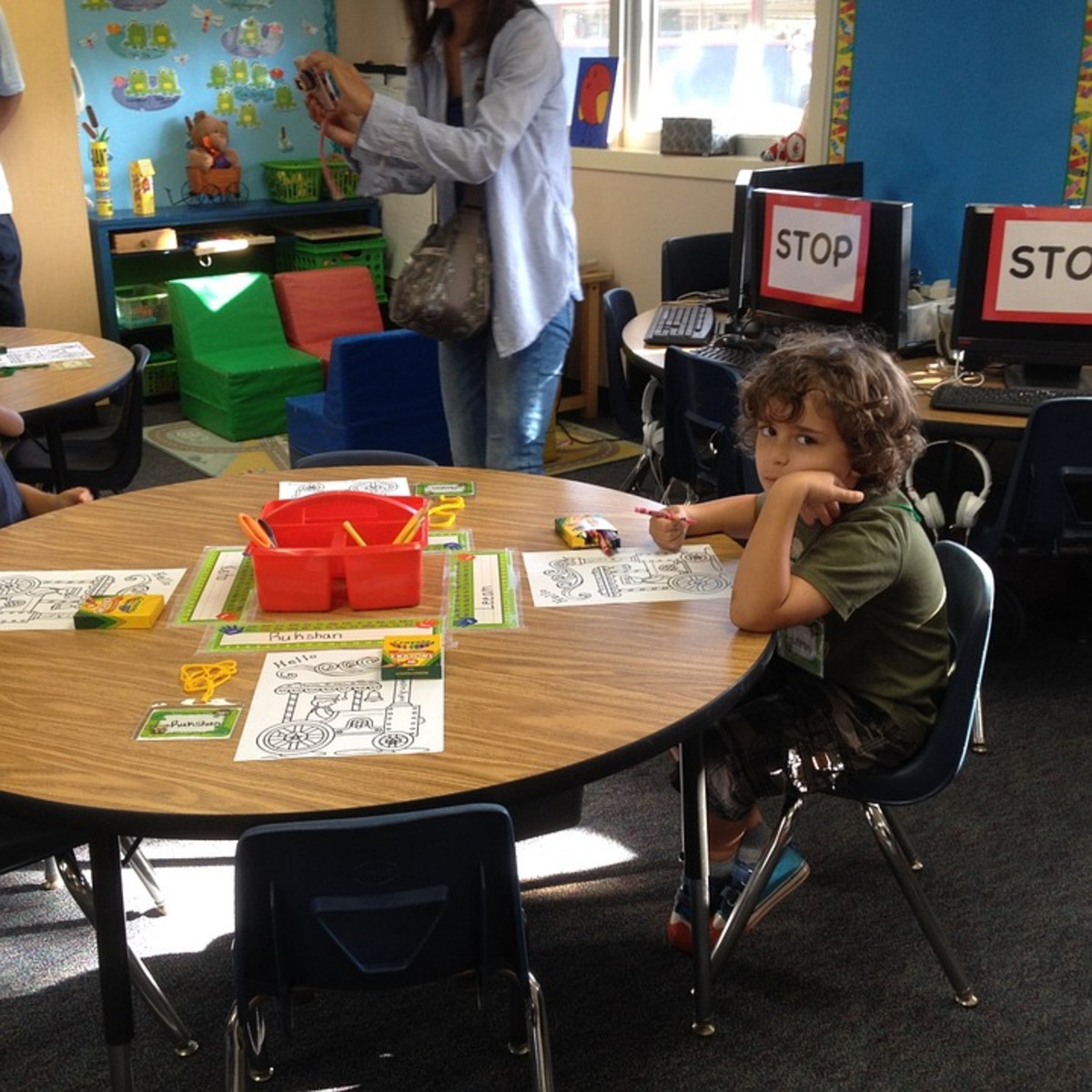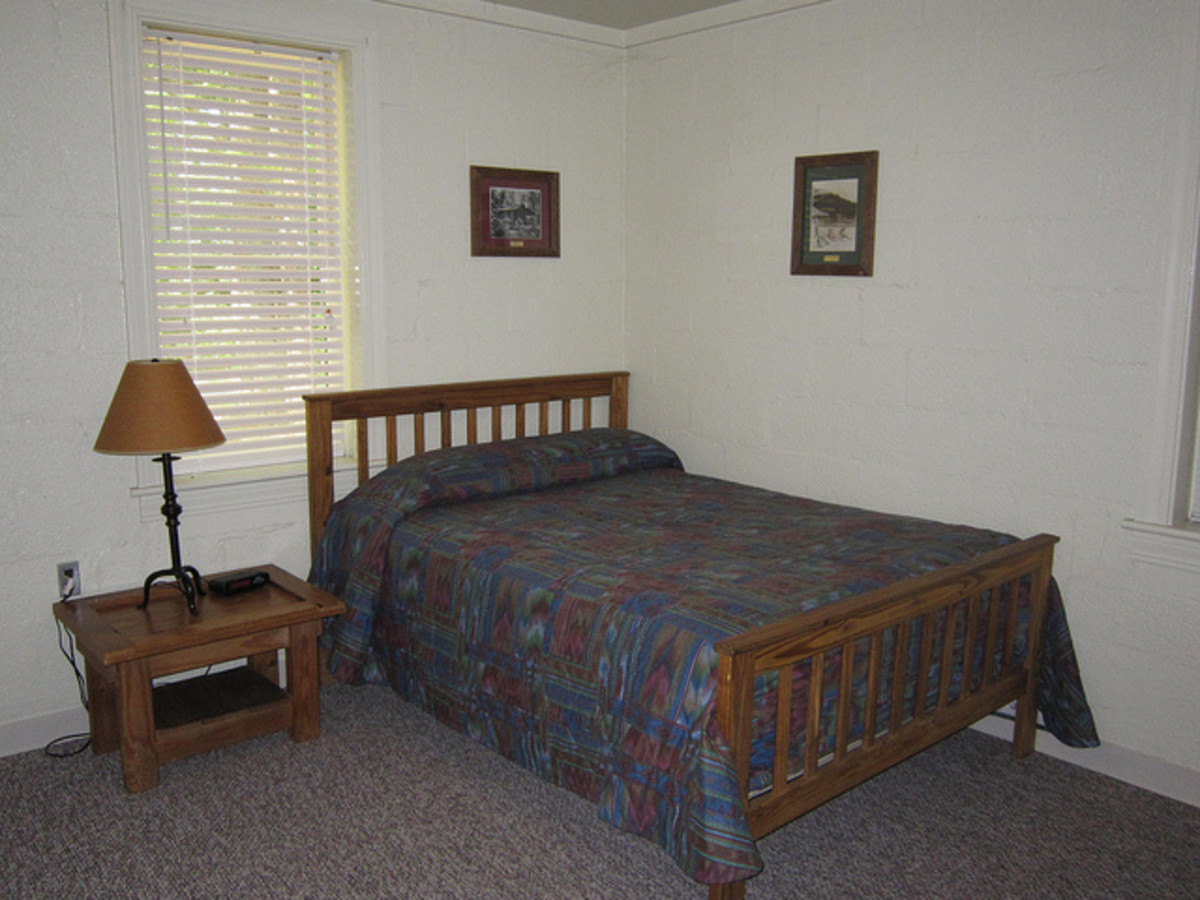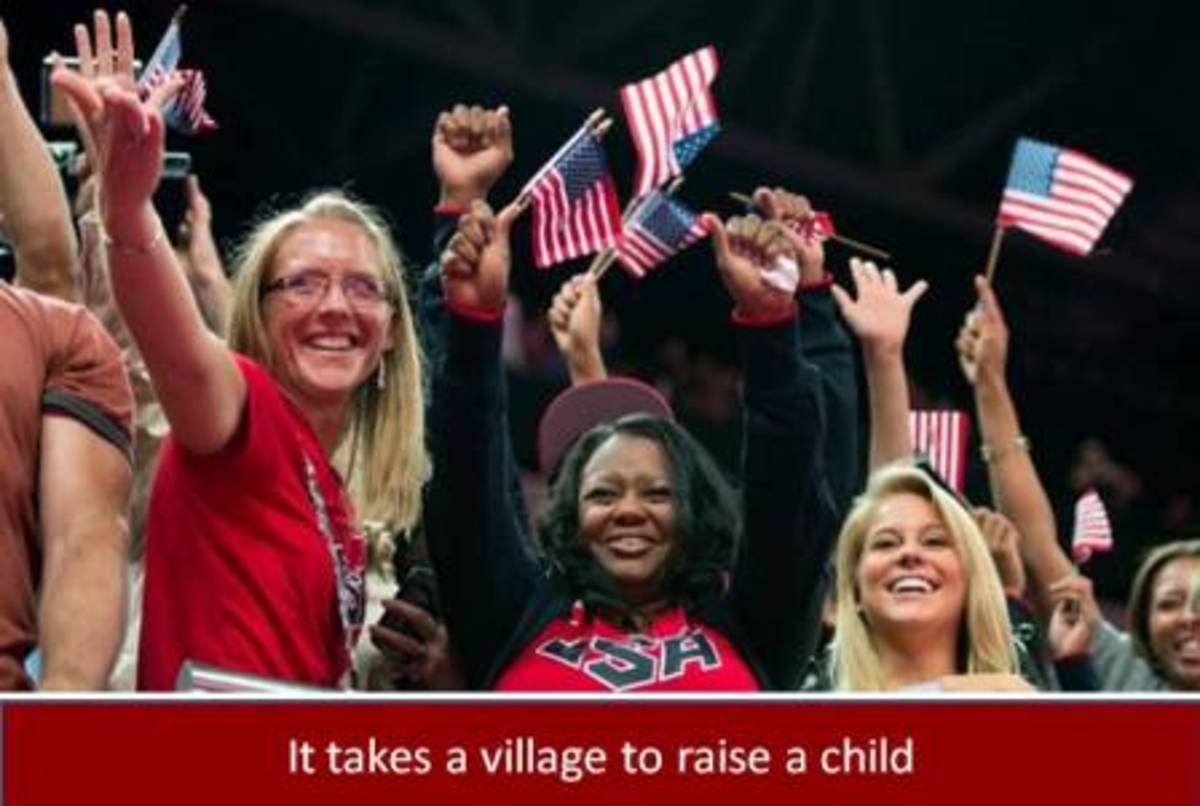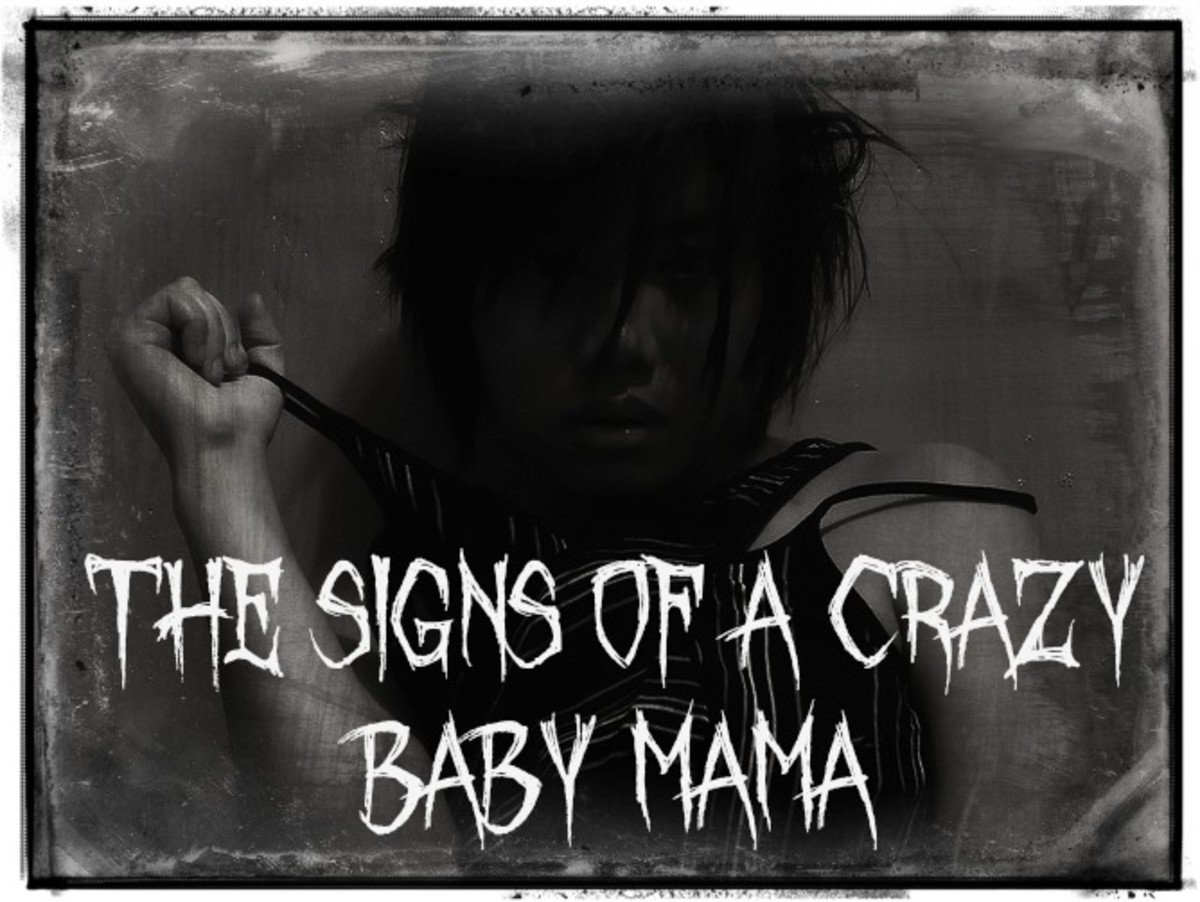Preschoolers and Messes
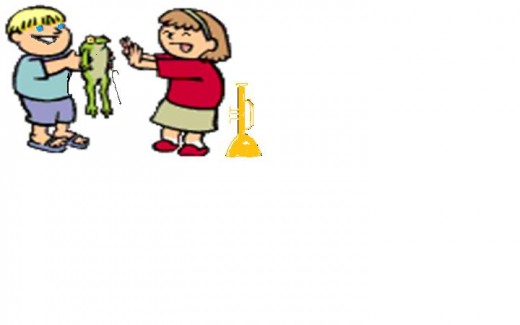
Messes and Kids Go Together
What a gift and blessing little persons are!
Yes, they exhaust us and sometimes we think diapers, spills, and demands are forever. But, these years do race by and it is great to enjoy the good parts while they are here.
Learning to clean up messes
After all this insistence that messes are good learning experiences, I also believe that preschooler can learn how to clean up after themselves. Indeed, it is one of the "jobs" for their age: learning to take care of oneself. What we want to do is get them started on the road to cleaning and not expect them to do a perfect job or even a particularly good job.
Spills. Oh my goodness. For me, it was a time of supreme aggravation as I had two sons at "spill age" at the same time. They were spilling in stereo. But, we worked out a system. They knew that the spiller had to clean up his own mess. No questions asked. I would hand the "spiller" a paper towel and he would hop down to the floor and swipe at the puddle. You know as the caregiver whether the child is making an honest effort. After that, you can finish the clean-up.
Preschool-hood is the time to get children started in early clean-up lessons. Why? Because they adore the adults in their lives ( this will change at tween-hood or teen-hood, believe me). Part of the adoration includes wanting to be "just like" you. So, this time is the best time to start with simple bedmaking, table clearing, toy picking up. Praise your child for what she can do. She will get better at the jobs every month that goes by. And you will thank yourself when your child is age ten, that all the cleaning jobs she learned are unquestioned things that "we do in our family."
Toy messes
I must hop on my gifted education soapbox again. Some childcare centers have a rule that a child may play with one toy at a time. Before moving to a new activity, the child must clean up and put away the first toy set. I have worked in daycare and I can understand the need for a rule like this in a room with many children the same age with the same ability level. But, some parents also have this rule and I ask you to reconsider.
Creativity is improved when a child can decide to make things from many different toys. Pretending. Isn't that another thing that preschoolers do so delightfully well? It is appropriate and good for a child to be able to make pretend cities or ballrooms or whatever from a combination of Legos (TM) , action figures, dolls, blocks, and pencils. Or whatever supplies are around. Then they continue to exercise their brain as they move these toys around and make up a story with them. Why limit a child to just one toy at the expense of being able to work the brain more with two or three types?
How much combining and how often it is done again comes to your individual toleration point - just like the "safe enough" rule above. Because at the end of all the pretending and creating, the toys need to be put away. And the main cleaner-upper should be the child. So, this is something that needs to be worked out with trial and error. A way to help your toddler or preschooler with putting away toys is to try to make this a game as well. Have the toys pretend to leap or swim back into their toy box. Practice counting toys as they go in. Give the toys sound effects (oh, what fun!) as they head back to their places. Hey mom and dad, YOU can have fun doing this, too.
Learning Through Touching
Little people are different from big people. Duh.
Adults gather information mostly through sight, but toddlers are wired to learn about the world through many senses. Touch is one of the most important ones for them.
When your precious child was an infant, her best "touch sensor" was her mouth. Everything went in it, right?
As she grew, she was able to learn that some things are not allowed to go in the mouth. However, we have all heard the phrase, "can I see that?" from a preschooler.
And we know it really means, "can I TOUCH that?"
Yes - Touch, Touch, Touch!
Whenever possible, yes, a child should be touching. And this does not mean touching only things that won't get clothes dirty.
Early childhood is optimal learning time for children. They are little learning machines.
Their brains grow when we let them figure out for themselves the differences between dry sand and dry soil. Between wet sand and mud. Between paper confetti and packing peanuts. Between jello and mashed potatoes. Between the bumpy surfaces of seashells versus bricks versus shoe treads.
Even though the preschooler does not have fancy words to express the different qualities, the brain is taking notes and growing.
I have taught elementary age mentally gifted students. One of the thinking styles common in the gifted is the ability to analyze. In other words, to think about something and break it into parts or into all its qualities. This type of thinking starts in the toddler and preschool years. And children will not learn about parts by only looking at them or hearing about them. Preschoolers must touch and they must touch messy things. Their sense of touch gives them detailed information that is as important to human information gathering as is smelling and sniffing for dogs.
Getting to experience everything in their world, including messes, is very important.
Whenever possible, yes, a child should be touching. And this does not mean touching only things that won't get clothes dirty.
Safe Enough
Of course, these touching experiences must be "safe enough."
What "enough" is depends on you, the parent. All I can say is that the child's individual health situation and the adult being close enough to monitor are some of the factors.
Squishing mud in the fingers and toes and smearing it on the body will probably be a wonderful, fun learning time if the preschooler can be hosed down and bathed afterwords - and before eating or putting fingers near the mouth.
Dancing in the summer rain in underpants can probably be done delightfully with the adult paying attention to temperature, sunscreen, sound of thunder (go inside immediately!) and other factors.
However, if an adult is choosing to have a preschooler do only things which keep the outfit clean - I say shame on them.
Kids are meant to get dirty. They learn from mess-making. They are made to make messes and to learn from them.
The same advice goes for the immediate wiping of the child's face by an adult all through eating. The toddler will live with oatmeal on the chin for an additional five minutes. Truly. And what kind of hugger and kisser do you think a child will grow up to be if she has been taught that the face must be dry at all times?
If an adult is choosing to have a preschooler do only things which keep the outfit clean -
I say shame on them.
Kids are meant to get dirty. They learn from mess-making.
A Good System
Preschoolers and messes. They go together and that is a good thing.
Enjoy the wonder of all the new things your child learns.
Supervise without stifling.
And at the same time, gently guide her to start managing to care for her world and herself.
